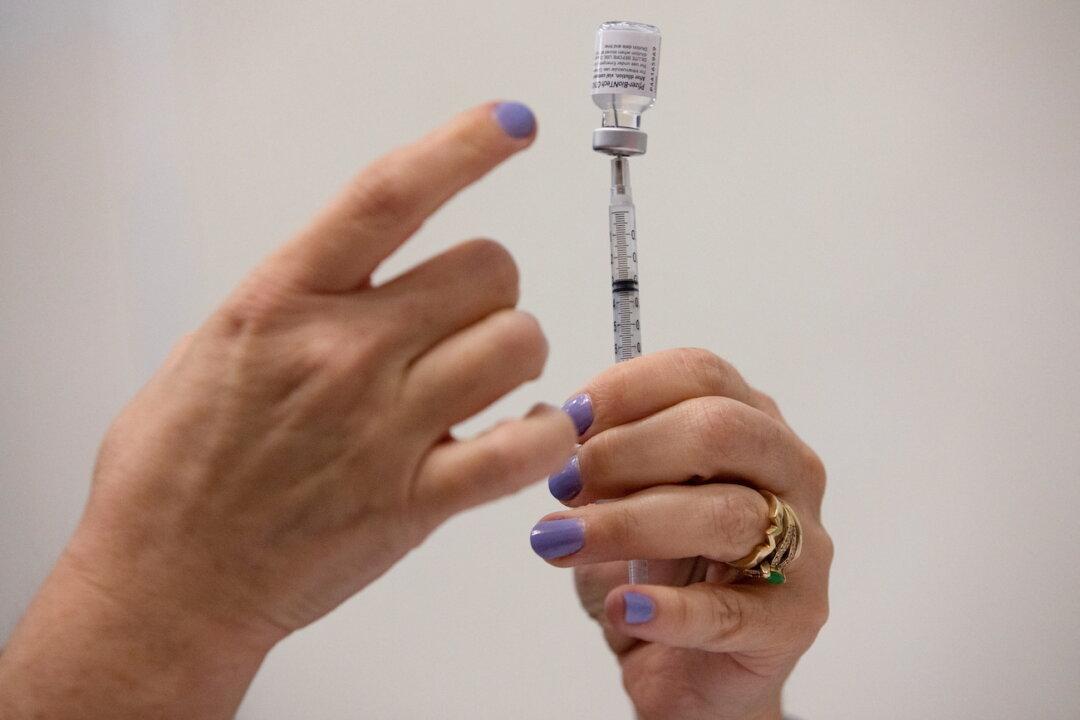Australians in New South Wales (NSW) and Victoria can now receive COVID-19 booster shots three months after the second dose, both state governments announced on Wednesday.
The two states, representing over half of all Australians, once again shortened the booster interval to curb the spread of Omicron, allowing millions more people to be eligible for the shot.





